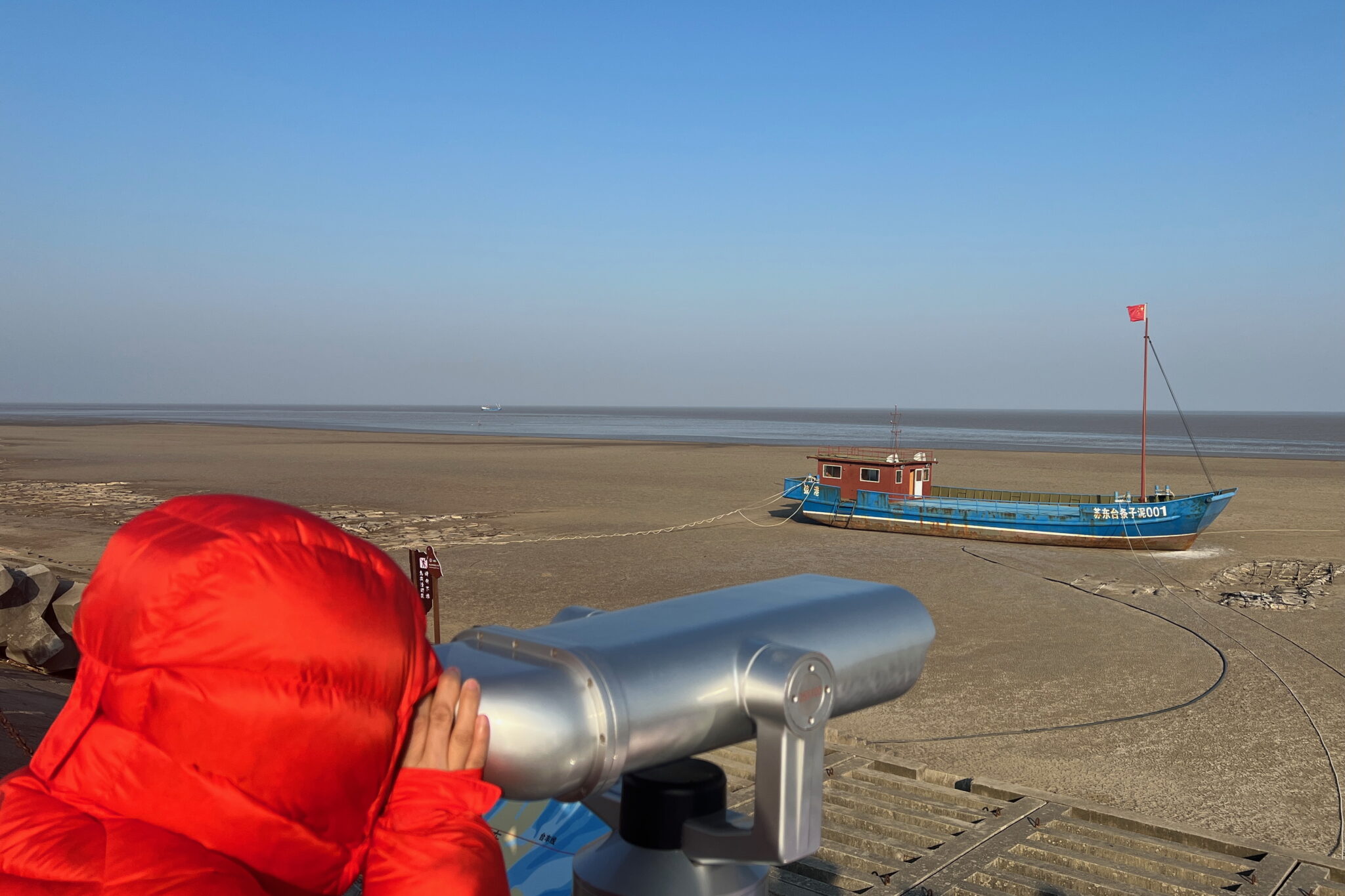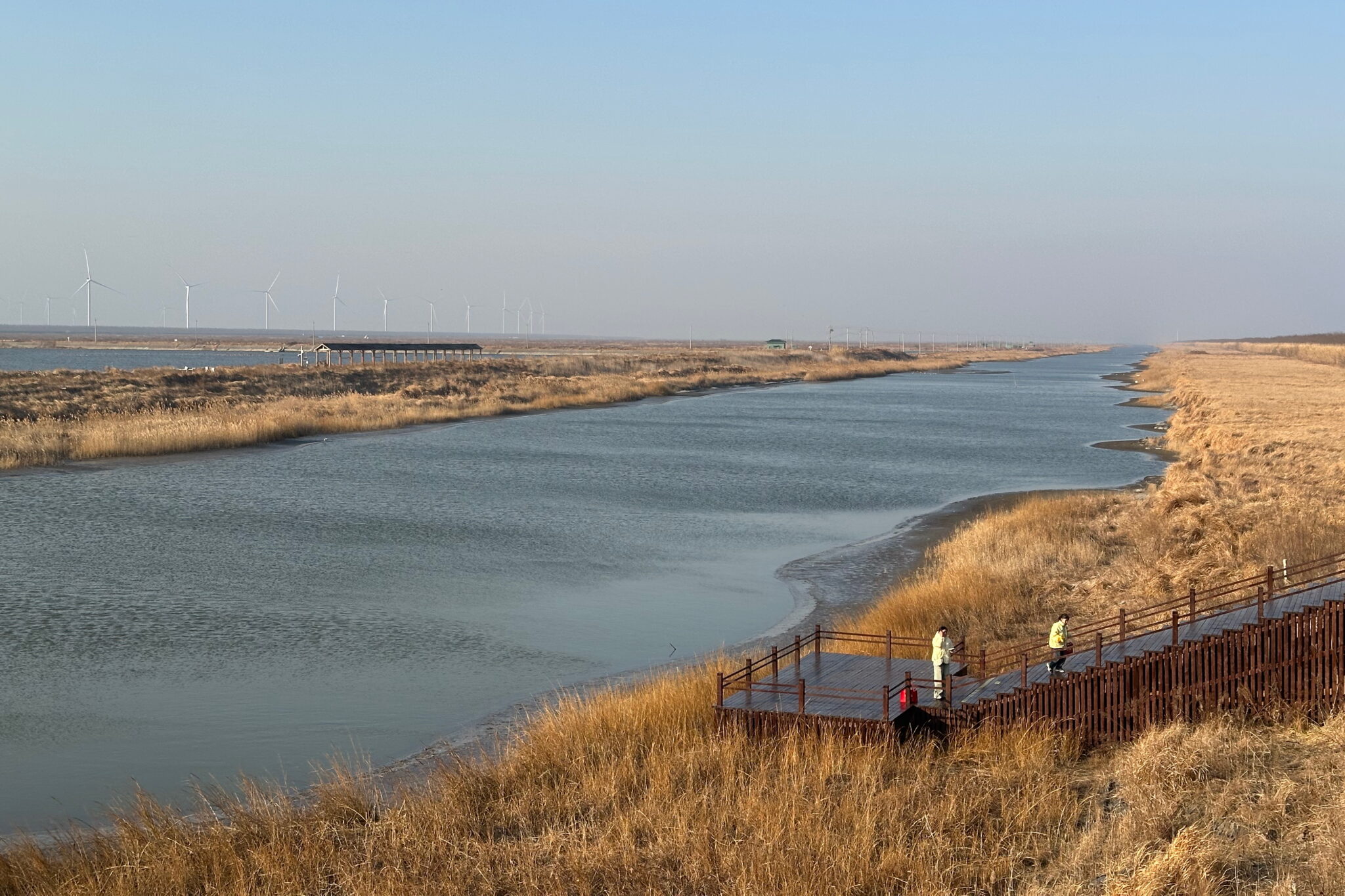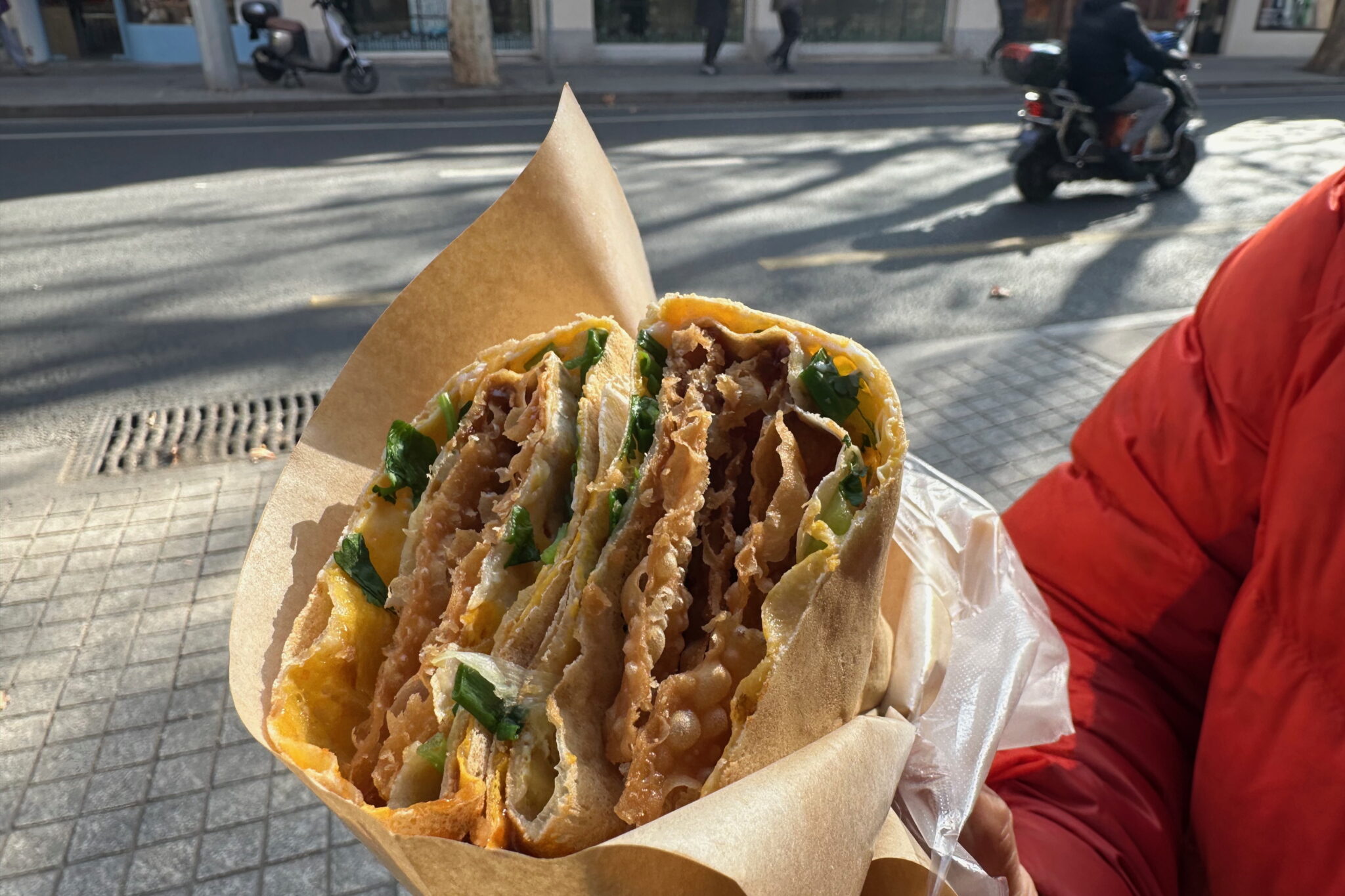My first brush with Chinese New Year came nearly twenty years ago, when “Red Ken” launched China in London 2006. Just a year later, I experienced it firsthand in Beijing. What I remember most vividly is the sheer auditory overload—a constant barrage of fireworks exploding across the city like gunfire.
In recent years, environmental and safety concerns have led to bans or restrictions on fireworks in many Chinese cities. But venture beyond the urban sprawl, and it’s still a full-blown pyromaniacal celebration. This year, we soaked up the festivities at my in-laws’ home north of Shanghai, near Nantong.
The origins of this custom trace back to the myth of Nian (年), a beast said to emerge every Lunar New Year’s Eve to terrorize villages. Firecrackers were believed to scare it away, and over time, they became a symbol for driving out evil spirits and ushering in luck and prosperity. The louder and more spectacular the display, the better the fortune expected in the year ahead.

Of course, the fireworks leave behind a huge mess, and somehow, it’s become tradition for me—the foreign monkey—to sweep it all up. This never fails to amuse passing neighbors!


During the holiday, we took a trip to the coast and spent half a day at Yancheng Tiaozini Wetland Park (盐城市条子泥湿地公园).

Once threatened by land reclamation, the Tiaozini wetlands have been recognized as a UNESCO World Heritage Site due to their critical role as a stopover for millions of migratory birds, including the endangered spoon-billed sandpiper. Their protection was secured through a combination of grassroots activism, scientific research, and a broader shift in national policy toward environmental conservation.
It was a bit too windy to spot many birds the day we visited, but it was another unexpected find—especially after last year’s unexpected discovery of one of the world’s largest wind farms nearby.



Another New Year tradition of ours is to visit a particular jianbing (煎饼) vendor on South Xiangyang Road in Shanghai. It’s the perfect breakfast—sweet, savory, spicy, and rather addictive. The woman who makes it used to have a stall on the street corner. When it vanished a few years ago, I was overjoyed to find she’d simply moved into a permanent shopfront around the corner.
In a city like Shanghai, where change is constant, it’s comforting to return to something familiar.


Reply